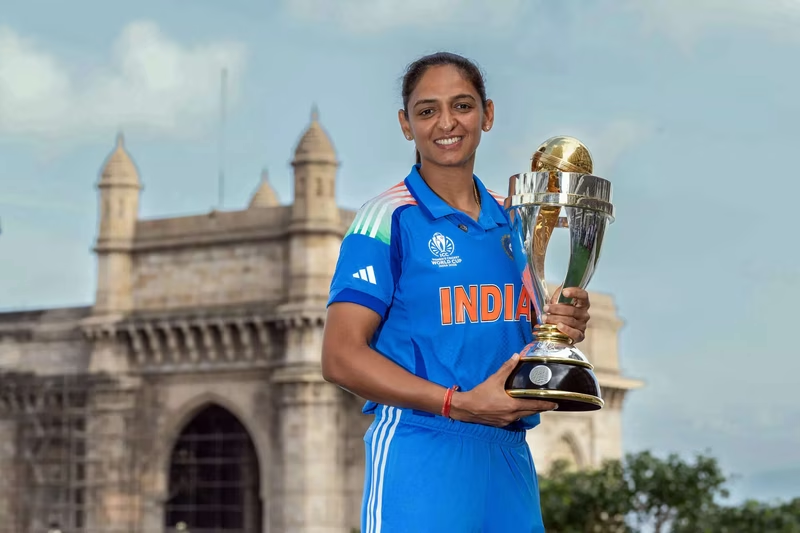On a humid July evening in 2017, Harmanpreet Kaur didn’t just play an innings—she launched a revolution. Her blistering, unbeaten 171 off just 115 balls against Australia in the Women’s World Cup semi-final wasn’t merely a personal best; it was the spark that ignited the entire ecosystem of women’s cricket in India .
From One Knock to a National Movement
Before that iconic knock, women’s cricket in India operated in the shadows. Resources were scarce, visibility was low, and the future was uncertain. But Harmanpreet’s fearless assault on a dominant Australian attack changed everything. It was the highest individual score in a Women’s ODI World Cup knockout match and announced to the world that Indian women could compete at the very highest level .
The impact was immediate and profound. Public interest soared, and for the first time, the sport was seen not just as a pastime but as a viable, commercial prospect .
Harmanpreet’s Knock: The Catalyst for Change
The 2017 World Cup final run, which ended in a heartbreaking loss to England, was a turning point. The nation had fallen in love with its team, and the Board of Control for Cricket in India (BCCI) took notice.
The Investment Floodgates Open
In the years that followed, the structural support for women’s cricket grew exponentially:
- Central Contracts: Player pay saw a massive jump. Top-tier international players saw their annual retainers rise from a reported ₹15 lakh to ₹50 lakh, with the latest 2024-25 contracts continuing to reward stars like Harmanpreet Kaur, Smriti Mandhana, and Deepti Sharma in the top Grade A category [[14], [23]].
- Broadcast & Media Rights: Star Sports began a dedicated broadcast partnership, bringing the women’s game into millions of living rooms .
- The Women’s Premier League (WPL): The ultimate proof of commercial viability. The inaugural WPL in 2023 was a massive success, with BCCI raking in a staggering ₹4,669.99 crore from just five franchise sales. By 2025, its media rights were valued at a colossal ₹951 crore ($116 million) [[12], [16]].
The Ultimate Payoff: World Cup Glory
All this investment, infrastructure, and belief culminated in the stuff of dreams. On November 2, 2025, at the DY Patil Stadium in Navi Mumbai, history was made. India defeated South Africa by 52 runs to lift their maiden ICC Women’s ODI World Cup trophy [[27], [30]].
Shafali Verma’s explosive 87 and Deepti Sharma’s five-wicket haul were the on-field heroes of the final, but the foundation for their success was laid eight years earlier by a single, fearless innings in Derby .
The Journey of Growth: By the Numbers
| Milestone | Pre-2017 | Post-2017 / Present (2025) |
|---|---|---|
| Top Player Annual Retainer | ~₹15 Lakh | ₹50 Lakh (Grade A) |
| Franchise League | None | Women’s Premier League (WPL) |
| WPL Media Rights (5 years) | N/A | ₹951 Crore ($116M) |
| World Cup Titles | 0 | 1 (2025) |
Work Remains, But the Future is Bright
Despite the monumental progress, disparities with the men’s game in terms of match fees and overall funding still persist . However, the trajectory is undeniably positive. The WPL has become a global platform for talent, and young girls across the country now have tangible heroes and a clear pathway to professional cricket.
Harmanpreet Kaur’s 171 was more than just runs on a scoreboard. It was a declaration of intent, a business case, and a promise to a generation. That promise has now been fulfilled on the world’s biggest stage.
